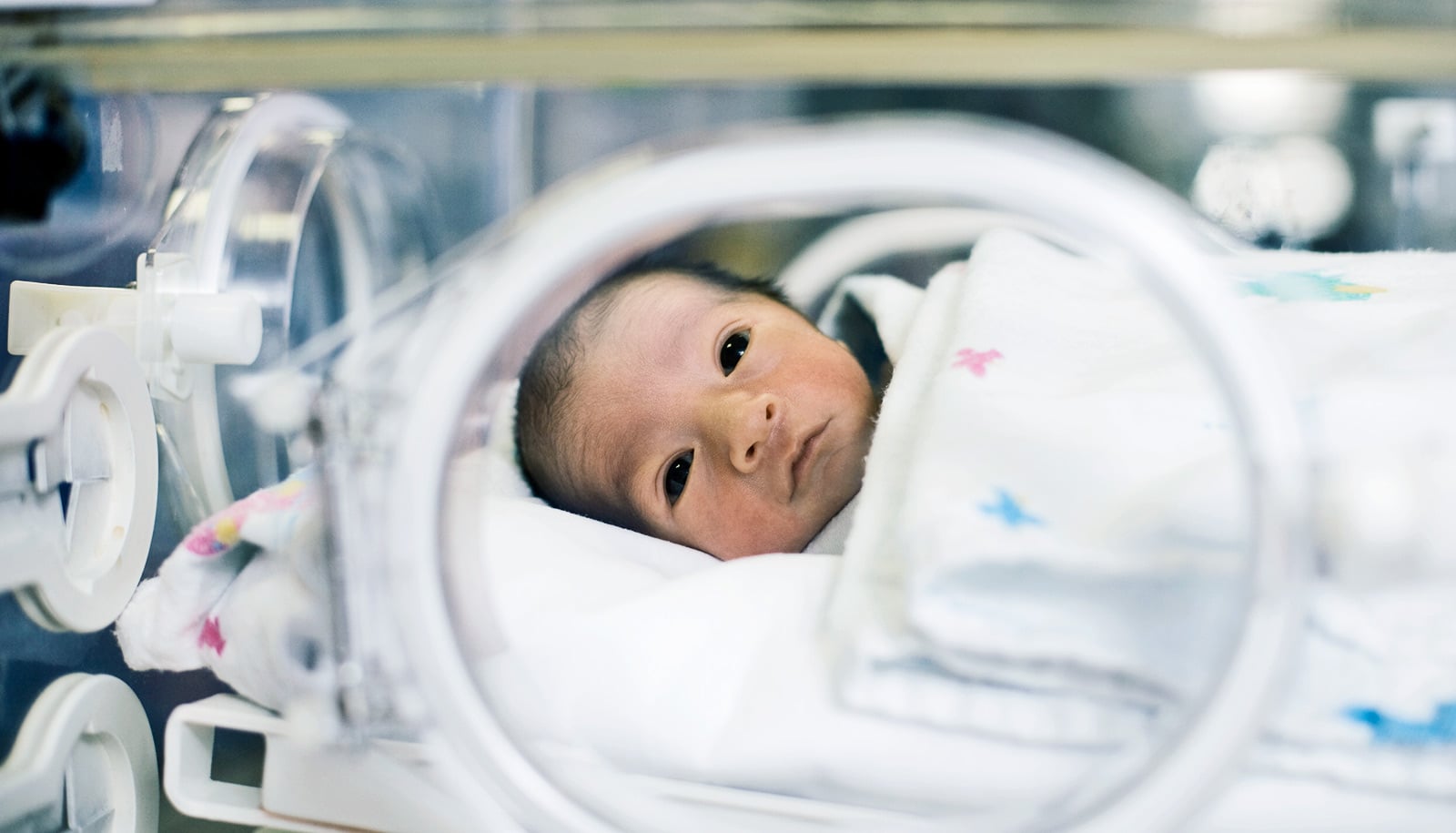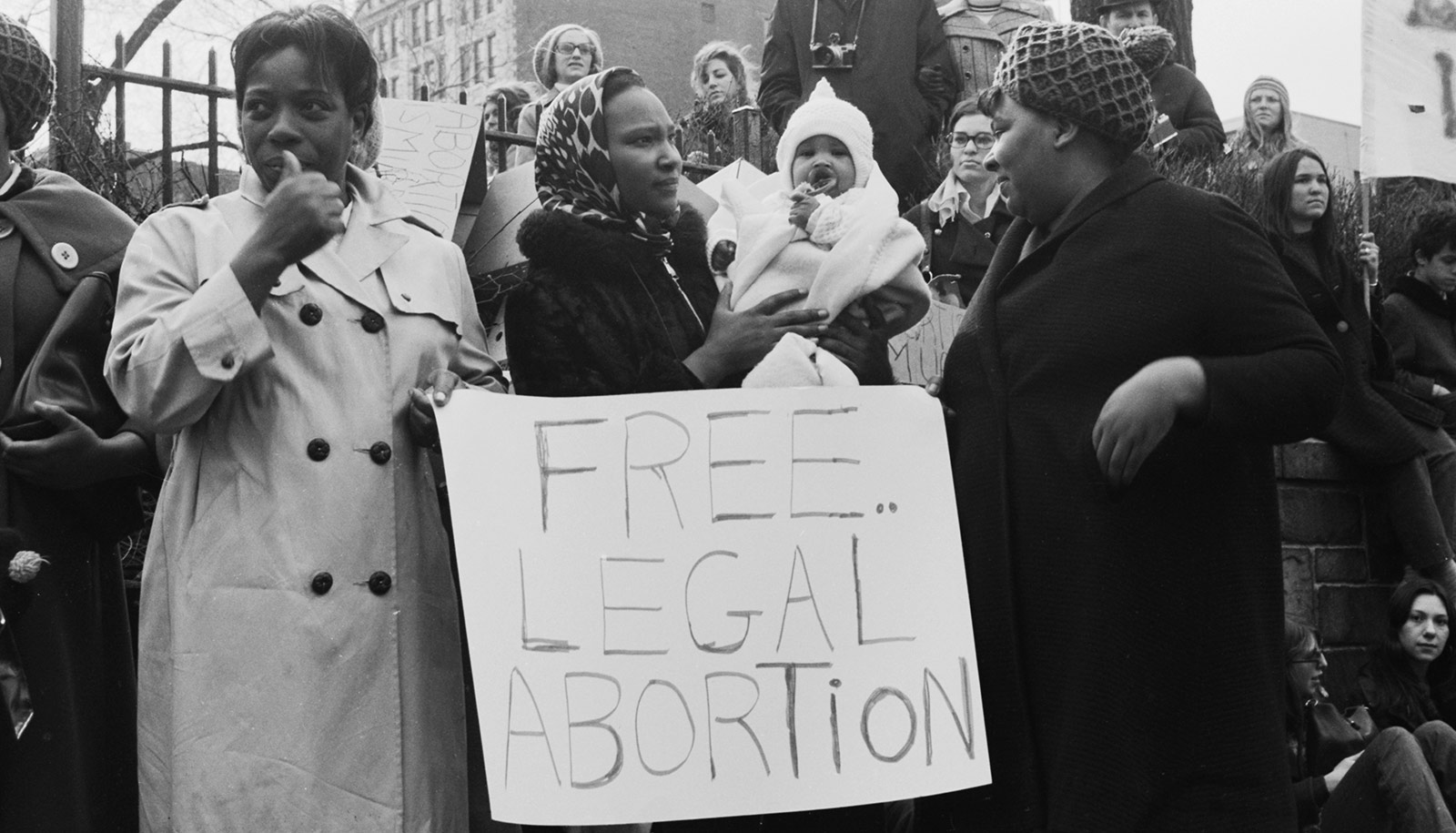Wealthy Black mothers and infants fare worse than the poorest white mothers and infants, research finds.
When Serena Williams, the tennis star, first recounted how she struggled to get medical attention after developing complications following childbirth, her experience seemed to some like an aberration. How was it possible that health care providers initially ignored one of the world’s top celebrities when she told them something was wrong?
A working paper from Stanford University’s Petra Persson and Maya Rossin-Slater finds that Williams’ harrowing encounter with the US health care system reflects a stark reality for many Black women, whether they are rich or poor: Black mothers and their newborns of all income levels do significantly worse, health-wise, than their white counterparts.
According to Rossin-Slater, an associate professor of health policy at the Stanford University School of Medicine and a senior fellow at the Stanford Institute for Economic Policy Research (SIEPR), the findings point to deep-seated racial biases in US health care and other aspects of our society.
“We hear stories like Serena Williams’ and tend to think of them as exceptional, but our data suggest that’s not true,” Rossin-Slater says. “In a society that still suffers from structural racism, our research indicates that policies only addressing economic drivers of disparities are likely not enough to close racial health gaps.”
That Black mothers and their newborns at all income levels are worse off than whites is one of several remarkable insights from the study about inequality in infant and maternal health.
The study, released this week by the National Bureau of Economic Research, also compares the patterns in California to those found in Sweden, a country known for its universal health care system and high performance on international health rankings. The researchers find that even the richest mothers and newborns in California fare worse along multiple measures of health than the poorest mothers and newborns in Sweden.
Overall, the study sheds new light on why the United States, despite being known for top-tier health care innovation, including within neonatal and pediatric care, consistently ranks low on infant and maternal health measures compared to other developed countries. American mothers, for instance, die from childbirth-related causes at more than twice the rate of mothers in Canada, France, and Sweden.
“The standard story in the United States over the last 40 years has been that infant and maternal health is worse when the mom is poorer,” says Persson, an assistant professor of economics in the School of Humanities and Sciences and a SIEPR faculty fellow. “Our research shows that the US fails to deliver for mothers and their newborns across the entire income distribution, including at the very top.”
What income data show
The study is the first to link together individual-level administrative data on income with maternal and infant health outcomes in the US. While data from birth and death certificates contain standard measures of infant and maternal health, they do not have any information on incomes, and previous research has relied on maternal education or marital status to infer socioeconomic status.
To address this data challenge, Persson and Rossin-Slater, along with their collaborators—Kate Kennedy-Moulton, a former SIEPR predoctoral research fellow who is now an economics PhD student at Columbia University; Sarah Miller of the University of Michigan Ross School of Business; Laura Wherry of New York University Wagner Graduate School; and Gloria Aldana of the US Census Bureau—built a novel dataset using California birth records covering all births in the state from 2007 to 2016, hospital and death records from the California Department of Health Care Access and Innovation, Internal Revenue Service tax records, earnings data from a US Census Bureau program, and the Social Security Administration’s Numerical Identification System (Numident) database.
Persson says the data allowed her and her coauthors to discover previously unknown connections between income and maternal and infant health in California, the most populous US state that accounts for more than one-tenth of all births in America, and to better understand how income and race inequality intersect.
In contrast to the previously documented positive association between income and adult health, the researchers found a surprising pattern for infant and maternal health indicators. On standard measures—such as low birth weight (birth weight less than 2,500 grams), preterm birth (birth at less than 37 weeks of gestation), and severe maternal morbidity (a measure used by the Centers for Disease Control and Prevention to refer to complications during pregnancy or childbirth)—mothers and infants at the top of the income distribution unexpectedly fared worse than those at the bottom end. For example, 11.2% of children with parents in the top 5% of the income distribution were born prematurely, compared with 8.9% of children with parents in the bottom 5%. Wealthy women in California were also more likely to experience pregnancy- or childbirth-related complications as compared to lower income women.
Much of the reason for this pattern, the researchers say, has to do with the fact that high-income mothers tend to be older and more likely to use assisted reproductive technology treatments to conceive. As a result, their pregnancies tend to be riskier, and they are more likely to carry twins or triplets rather than singleton babies.
Yet, despite the fact that the wealthiest families have the highest rates of poor birth outcomes and maternal health complications, they are nevertheless the least likely to die in the first year following the birth. In fact, the infant mortality rate among children born to parents in the bottom 5% of the income distribution is more than twice that of the rate among children with parents in the top 5%.
Analogously, even though the wealthiest and the poorest mothers experience similar rates of pregnancy- and childbirth-related complications, the death rates among low-income mothers are three times higher.
Understanding the reason for these inequities is critical for future research, Persson and Rossin-Slater say. In probing whether access to higher quality care for wealthy mothers and babies could be a factor, their study examines differences in outcomes between mothers giving birth in the same hospitals and finds that the inequities remain—which, in turn, suggests health care quality cannot be the only explanation.
“What happens after a child is born—the care they receive and the resources, like paid family leave, that families benefit from—is likely to be important for the well-being of both mothers and their newborns,” Rossin-Slater says. And these resources, she adds, tend to be highly inequitably distributed in America.
Racial disparities
Analyzing economic disparities in health outcomes by race and ethnicity reveals a more nuanced—and for Black mothers and infants especially, a bleaker—picture.
Black infants and mothers of all incomes have far worse health outcomes than their white counterparts, the study reveals. For example, babies born to Black mothers in the top 5% of the income distribution are one and a half times more likely to be preterm and of low birthweight than infants of white mothers in the bottom 5%. The infant mortality rates among babies of the highest-income Black mothers are on par with those of babies among the lowest-income white mothers.
The outlook is also significantly worse for Black mothers. High-income Black mothers, for example, have the same risk of dying in the first year following childbirth as the poorest white mothers.
These and other study findings by race reveal just how much of an advantage white mothers and their newborns in California have at all income levels.
The extent to which even wealthy Blacks fare poorly on measures of maternal and infant health suggests that differences in income are not the only explanation behind racial disparities in US health care—and that biases, too, play an important role.
“The evidence implies,” the researchers write, “that policies seeking to achieve racial health equity cannot succeed if they only target economic drivers of infant and maternal health disparities.”
As part of their study, Persson and Rossin-Slater also benchmark the income gradients in infant and maternal health in the US to those in Sweden, a high-income European country known for its low rates of infant and maternal mortality. The comparison reveals that even white mothers and newborns in California—who are found to have greater advantages in health care relative to their Black counterparts—lag behind mothers and infants in Sweden at virtually all income levels on many health measures.
Source: Krysten Crawford for Stanford University



